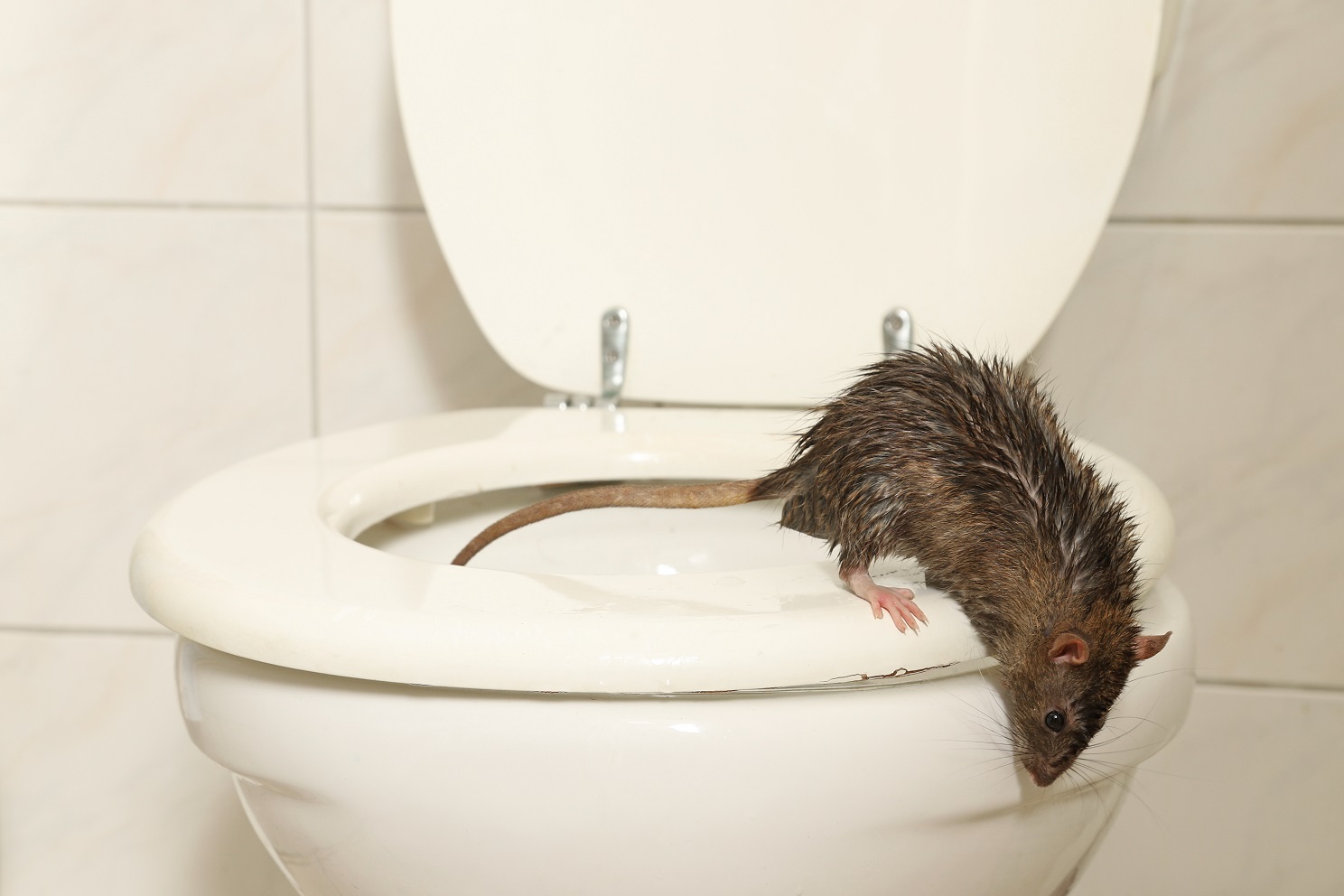

Rats can spread diseases to people and pets, such as:
Watch for an increase in rat activity as seasons change and monitor any troublesome areas.
Cleaning
Physical facilities
Pest control
Learn about rodents from:
Minneapolis Health Department
Phone
Address
Public Service Building
505 Fourth Ave. S., Room 520
Minneapolis, MN 55415